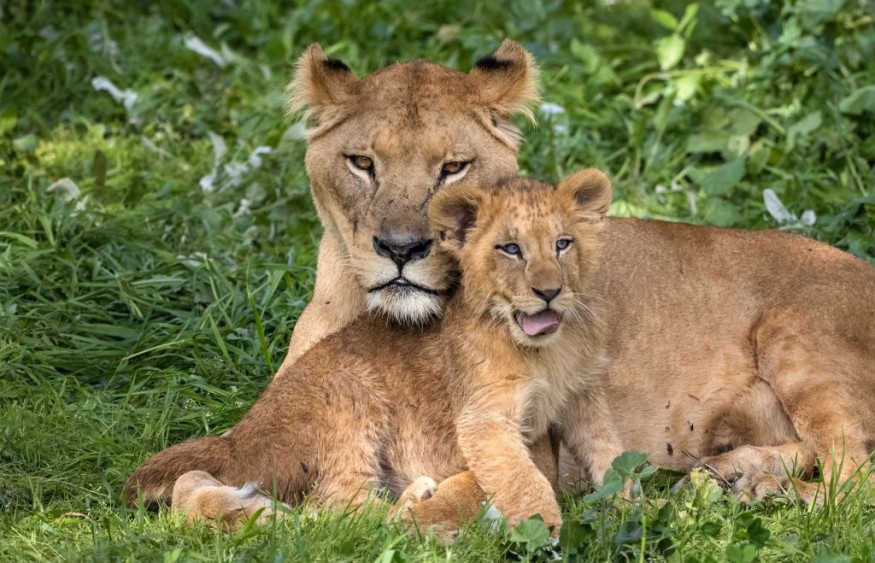
A new study has found out that the vulnerability of lion populations could vary depending on ecological risk factors.
Researchers have pointed out that lion, which are deemed as one of the most iconic species in the world, are experiencing a significant decline when it comes to its populations.
They said there have been ecological and socio-political risk factors that affect lions at scale.
Findings of the study
As apex predators, lions have substantial ecological value and the removal of top carnivores from ecosystems, such as this animal, can have significant and long-lasting negative ecological impacts.
Aside from their cultural and ecological significance, experts said that lions have high economic value, and are branded as one of the top attractions for both photographic tourists and trophy hunters to the countries where they remain.
Unfortunately, lions have experienced significant declines in both geographic range and population size over the past decades. The latest range-wide estimates from 2023 had accounted a remaining population between 20,000 and 25,000 African lions.
In the study, the experts explained how smaller lion population or higher densities of people and livestock were considered as factors contributing to higher ecological fragility.
On the other hand, they said that higher levels of corruption or lower GDP per capita would contribute to greater socio-political fragility.
Experts explained that the fragility score does not suggest which lion populations deserve protection or funding. It highlights the varying ecological and anthropogenic pressures facing different populations.
It also indicates which populations may require relatively more resources, including financial or others, for its conservation.
The research found out that Ethiopia's Maze National Park had the most ecologically fragile geographic population while Kavango-Zambezi was the least.
When it comes to the country level, lion populations had highest ecological fragility in Cameroon and Malawi while in terms of socio-political fragility, Somalia was the most fragile lion range country, followed by South Sudan.
On the other hand, when socio-political and ecological fragility were combined, lion populations in Maze National Park and Bush-Bush (Somalia) and more broadly, Somalian and Malawian lion populations were considered as the most fragile.
Urgent lion conservation
The specific threats causing the declines in populations vary substantially across lion range countries and regions.
For example, in Eastern and Southern Africa, the most severe threats to lions include poaching of prey for bushmeat, indiscriminate killing because of conflict with livestock-keepers, and small population size.
Meanwhile, in West and Central Africa, the three primary threats to lions are prey depletion, small population size and livestock encroachment.
The results of the study underscore that given the importance of factors such as governance and economics on the fragility of wildlife populations, effective lion conservation cannot be achieved by conservationists alone.
Conservationists need the engagement of many diverse stakeholders, including policymakers, development experts, economists, land-use planners, local communities, local traditional leadership, and all levels of government to achieve the protection of lion populations.
Maintaining wild lion populations will require sustained effort and significant levels of international investment and sustainable funding mechanisms as many of the key challenges identified here are likely to rapidly increase in key lion areas over the coming years.
Related Article : Types of Lions: 5 Lions That Are Endangered and Extinct
Related Video:
src="https://www.youtube.com/embed/edcSchU6gOw?si=PNI2wx27hmNuIAvr" title="YouTube video player" frameborder="0" allow="accelerometer; autoplay; clipboard-write; encrypted-media; gyroscope; picture-in-picture; web-share" allowfullscreen>
© 2025 NatureWorldNews.com All rights reserved. Do not reproduce without permission.





